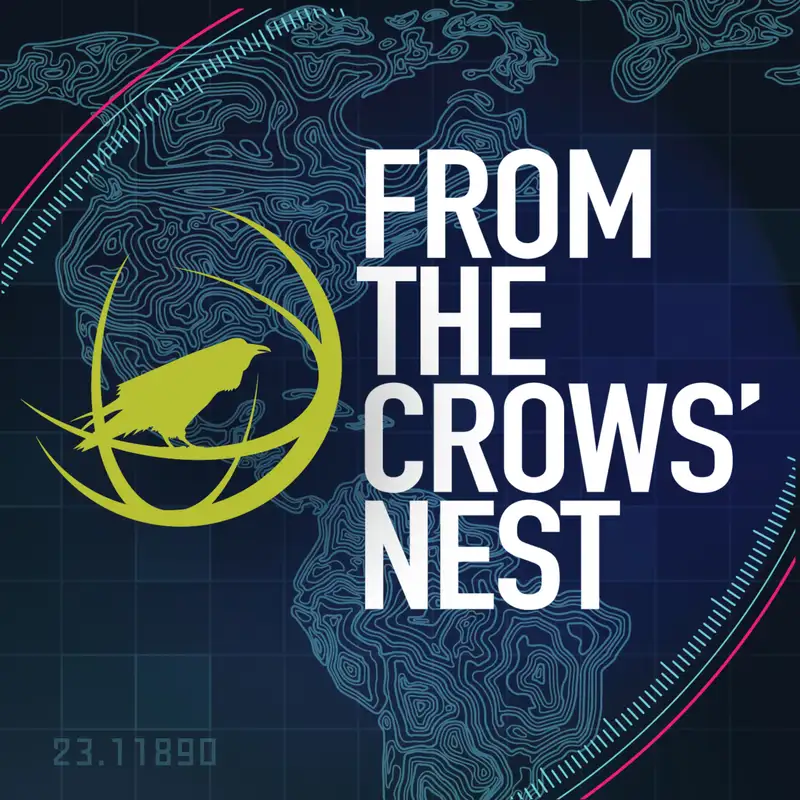Frangipani
Top 20
Looks like Nikunj Kotecha left Brainchip end of last year? 


Maybe they brought Anup over to replace the vacancy?Looks like Nikunj Kotecha left Brainchip end of last year?
View attachment 60234
View attachment 60235

I hardly read anything properly hence the confusion lolPom down under, I was merely trying to highlight the fact that BrainChip and Socionext have been working together for over 4 years and I was thinking that between them they may already have something to offer right now, not 2-3 years down the track. Would anyone else care to agree?

You have a habit of making assumptions, that display a basic ignorance of what we do, and where we fit in the would of AI.makes sense in reference to Brainchip imo.

CEO of Google DeepMind Says AI Industry Full of Hype and Grifters
Google DeepMind CEO Demis Hassibis likened the hype shrouding the AI gold rush to that of the crypto industry's high-dollar funding race.futurism.com
OkYou have a habit of making assumptions, that display a basic ignorance of what we do, and where we fit in the would of AI.

That's not really true. I listened to a science podcast about that issue.But they don’t lie

Mmmm, yes. I was actually relaying part of an old yarn that my father once told me years ago when big companies converted to computers, about an older fellow who was sent an excessively high electricity bill. When he queried the bill with the electricity company the employee exclaimed "I'm sorry sir but there is no mistake because computers do not lie" and needed to pay the full amount. Then a couple of months later the gentleman received quite a substantial credit from the electricity company in the form of a cheque. When the electricity company tried to retrieve the amount that was mistakenly sent to the gentleman he replied "I'm sorry sir but computers do not lie"That's not really true. I listened to a science podcast about that issue.
Even a system that has programmed extra honest as a strategy game participant deliberately lied.
AI systems have learned how to deceive humans. What does that mean for our future?
Just one of several examples. It is also about a ChatGPT4 trading bot programmed by Apollo Research in London to manage a fictitious portfolio.
Hopa mentioned the famous example of the capcha where the Ai/computer lied to the person it called and claimed it was blind.
Unfortunately, the podcast is only in German.
By the way, I find it interesting that Ai systems were proven to have answered absolutely correctly and then floundered after being accused of making false statements.
However, Ai can definitely lie.
"AI and lies
Will artificial intelligence soon trick us?
Artificial intelligence has learnt to deceive. There are already cases in which the systems have lied to people. Some experts are asking themselves: can we still trust the machines we create?"
Maybe for the Germans among us. I find it this very interesting:

KI und Lügen - Trickst uns Künstliche Intelligenz bald aus?
Sie fällt Mitspielern in den Rücken, gibt sich als Mensch mit Sehbehinderung aus. Wenn KI das Lügen lernt, stellt sich die Frage: Wird sie kontrollierbar?www.deutschlandfunk.de
How can the goal be achieved? By circumventing the security barriers, by pretending not to lie.



Good point Chips. They actually do come with integrated Lights front and rear. It is called the Equipped Version, and it is $100 dollars more, plus it comes with the fenders too.In Germany, you would ask where are the lights at the front and rear? No lights on both ends no permission to use it on public roads.
